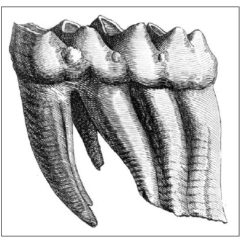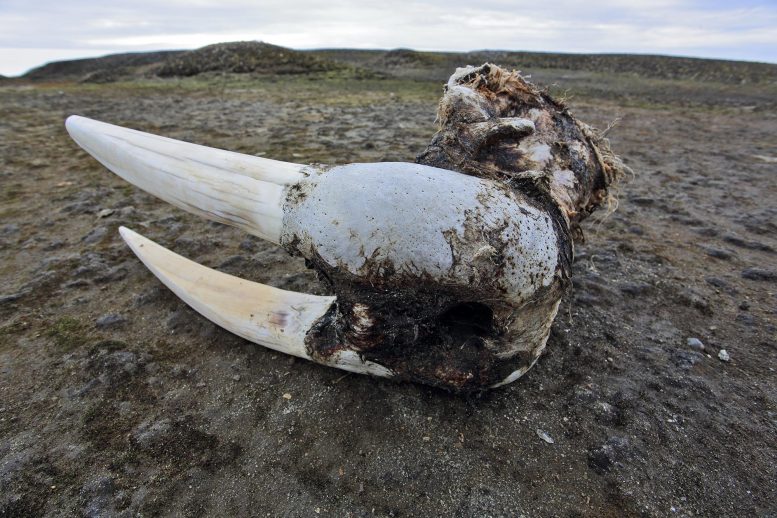One of the things probably most people do not suspect about Germany is that it has a vibrant gangsta rap scene, whose main leaders is the infamous crew 187 Strassenbande from Hamburg. And, especially, one rapper: Gzuz.
As he himself sings, “the guy is real, whether he comes from Compton or Altona“. He’s indeed a character: He did, among other things, two or three years in jail for armed robbery, slapped a swan, and celebrated New Year with automatic weapons. His over the top, so-real-it’s-unreal videos shocked hip hop fans in Usa.
Why are we talking of gangsta rappers here? One of the best known Gzuz hits is CL500. A celebration of his car, symbol of the wealth he got by rapping, it’s about as deliciously Asozial (a term that in Germany is about the same as chav in England) as it can get:
Why are we discussing German gangsta rap here? I was intrigued by how, in the song, Gzuz is proud to show how much he loves to waste energy and fuel. He loves to enjoy his car even when it does not make sense:
Die Straßen hoch und runter, auch wenn ich keinen Grund hab’
(«Up and down the streets, even when I have no reason to»)
And in the end:
Und wir blubbern, blubbern, blubbern
Blubbern, blubbern, blubbern, blubbern
Wir blubbern, blubbern, fünf Euro weg
Zehn Euro weg
(«And we gurgle, gurgle gurgle, we gurgle, five Euro away, ten Euro away.», referring to the engine roaring and easily burning five, ten Euros of fuel)
This sounds funny, a kind of childish boast: but is it so different from what happens actually all the time in our civilization or, perhaps, in every civilization that has been blessed with cheap energy? It’s the Jevons paradox: the more energy is cheap and available, the more energy consumption is efficient, the more we use it. But there’s more: the CL500 of Gzuz is actually, as far as I can read, quite fuel consuming. He’s not just consuming more fuel because he can, he loves that waste. It’s more of a potlatch, a waste of valuables to show off wealth.
It’s hardly the most pressing issue in the whole problem of climate change, but it’s interesting to see that there are, indeed, cultural barriers to reduce energy and fossil fuel consumption. We are in love with the sheer ability to use cheap energy whenever we can, however we can. This very blog post is inessential: it consumes energy when I write it, when you read it, when it is stored on a server. But oh, how easily inessential things today become essential tomorrow; how necessary is luxury after a while.
Alles ist entspannt wenn er rollt, rollt
Digga, erst der CL und Erfolg folgt
(«Everything is easy when it rolls, rolls
Dude, first the CL and then success follows»)
It rolled for a while. Western civilization has had an intense love story with fossil fuels, which as many love stories first inebriated us, then intoxicated us. They gave us an unprecedented freedom, but at a price. Getting out of toxic relationships is a hard job, and painful. But we have to, because, as Gzuz says, when describing his addiction to the smell of gasoline:
Diese Liebe macht krank
«This love makes you sick».

